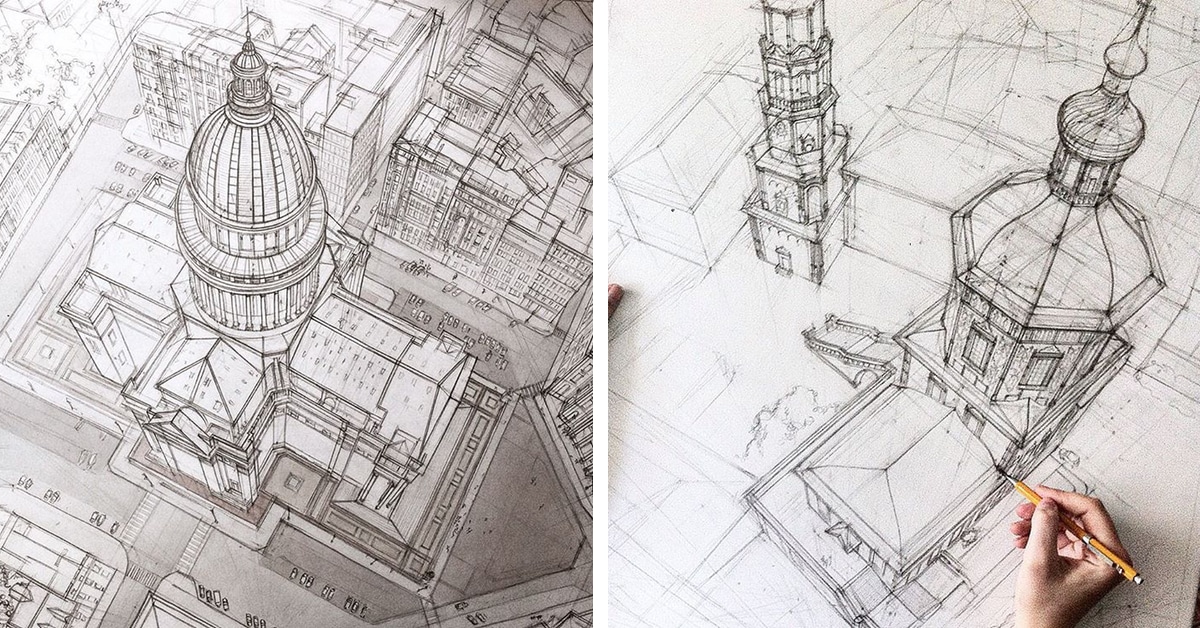

Then do the generic outline with all the things.(of course if there's more than one object of that type). Usually I keep the originals off the page and use only clones on the page.I clone it - it has a nice feature that when I change the original all the clones change. I don't draw one thing twice nor do I duplicate it.Then import that into Inkscape and draw all objects with really simple shapes.Draw (with a pencil) a basic outline what I'm going to do.How I usually do those kinds of illustrations is: Basically you should know how to use clones properly. Must read chapters for technical illustrations in there are: layering, sub-layering, connectors, tracing bitmaps and isometric projection. It explains quite nicely Inkscape from beginning to end with nice examples. Very good book Inkscape: Guide to a Vector Drawing Program (there's the free web version and the book - I highly recommend the book, it really is worth the money). SVG plugin for SketchUp, is a nice tutorial how to combine Inkscape and SketchUp.The objects that require precision do in SketchUp and later combine them in Inkscape with additional artwork (eg. It's quite easy to use and suits better for stuff that requires drawing accuracy.Īlso combining both of them might be a good idea. Inkscape is more vector drawing oriented. It's much of an hassle to get everything just right.

I personally wouldn't recommend Inkscape for technical drawings.


 0 kommentar(er)
0 kommentar(er)
